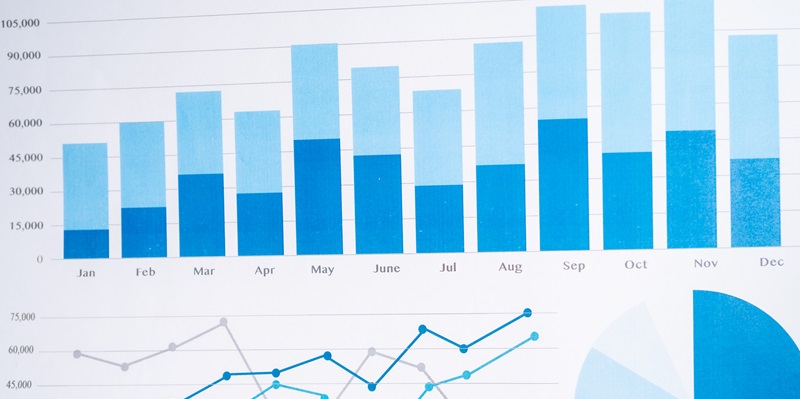In today’s competitive business landscape, companies need to assess their employees’ productivity, efficiency, and overall contribution to achieve their goals. Employee performance metrics serve as quantifiable measures that enable organizations to evaluate the performance of their workforce. By utilizing these metrics, companies can make data-backed decisions, align their teams with strategic goals, and create an environment where employees thrive.
Importance of aligning performance metrics with company culture and values
To ensure the effectiveness of performance metrics, they must align with the company’s culture, values, and vision. These metrics should reflect the unique aspects and priorities of the organization to accurately measure employee performance. When performance metrics align with the company’s culture, employees are more likely to resonate with the metrics and find them meaningful.
Overview of productivity metrics
Productivity metrics play a crucial role in measuring output and efficiency. These metrics enable organizations to assess how effectively employees are utilizing their resources to achieve desired outcomes. Metrics such as sales targets, revenue generated per hour, or units produced per day provide insights into an employee’s ability to meet objectives within specified time frames.
Explanation of Employee Engagement Metrics
Employee engagement metrics gauge the level of involvement, satisfaction, and commitment within the workforce. These metrics enable organizations to evaluate how engaged employees are with their work and can indicate potential issues that may impact productivity. Metrics such as employee satisfaction surveys, retention rates, and participation in company initiatives provide valuable insights into the overall engagement levels within the organization.
Discussion of the project completion time metric
The project completion time metric measures the speed at which employees complete tasks and projects. It helps assess efficiency and time management capabilities. By tracking this metric, companies can identify bottlenecks and areas of improvement in their processes. Additionally, it enables them to optimize workflows, allocate resources effectively, and enhance overall productivity.
Exploration of the Efficiency and Utilization Metrics
The efficiency and utilization metric examines how effectively employees use their time and resources to complete tasks. By analyzing this metric, organizations can identify areas of inefficiency, optimize work processes, and enhance performance. Monitoring factors such as time spent on non-productive activities, resource utilization rates, or adherence to established protocols allows companies to make informed decisions to improve efficiency.
Explanation of the Teamwork Metric
The teamwork metric measures how well employees work with their teammates. Collaboration and cooperation are essential for fostering a positive work environment and achieving collective goals. Metrics such as peer feedback, team performance evaluations, or successful completion of collaborative projects enable organizations to assess the effectiveness of teamwork within their workforce. These insights help identify areas for improvement and promote a cohesive team culture.
Introduction to Key Performance Indicators (KPIs)
Key Performance Indicators (KPIs) are specific and measurable metrics used to track progress towards a specific goal. KPIs provide clear objectives that align with strategic priorities. By establishing KPIs, organizations can set concrete targets and monitor progress effectively. Examples of KPIs include sales targets, customer satisfaction ratings, and revenue growth.
Importance of Setting and Tracking Key Performance Indicators (KPIs)
Setting and tracking common KPIs is crucial for ensuring that employees are aligned with the company’s goals and performing optimally. When everyone in the organization shares a common set of KPIs, it fosters a sense of unity and collective purpose. Moreover, it allows for better coordination and collaboration across teams, as everyone understands the overarching objectives they are working towards.
Employee performance metrics are essential tools that empower businesses to make data-backed decisions, align their teams with strategic goals, and create an environment where employees thrive. By utilizing productivity metrics, engagement metrics, project completion time metrics, efficiency and utilization metrics, and teamwork metrics, companies can gain valuable insights into their workforce’s performance. Additionally, through the use of KPIs and setting common goals, organizations can ensure that employees are contributing effectively to achieving the company’s overall objectives. Embracing employee performance metrics promotes a culture of continuous improvement and positions organizations for long-term success in today’s dynamic business landscape.

